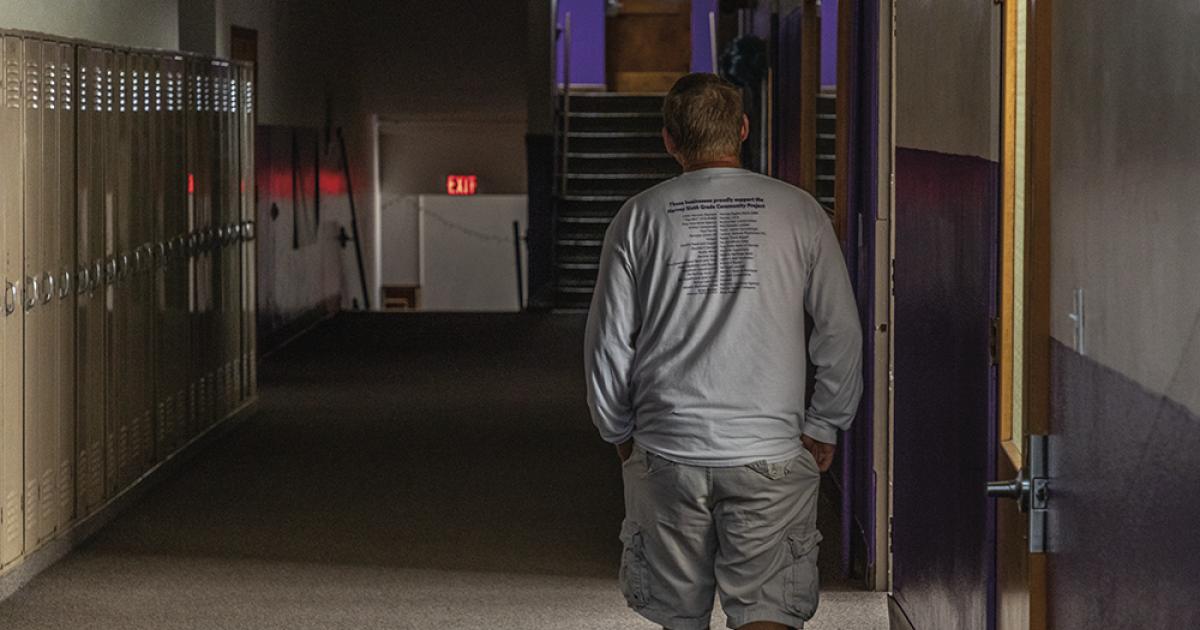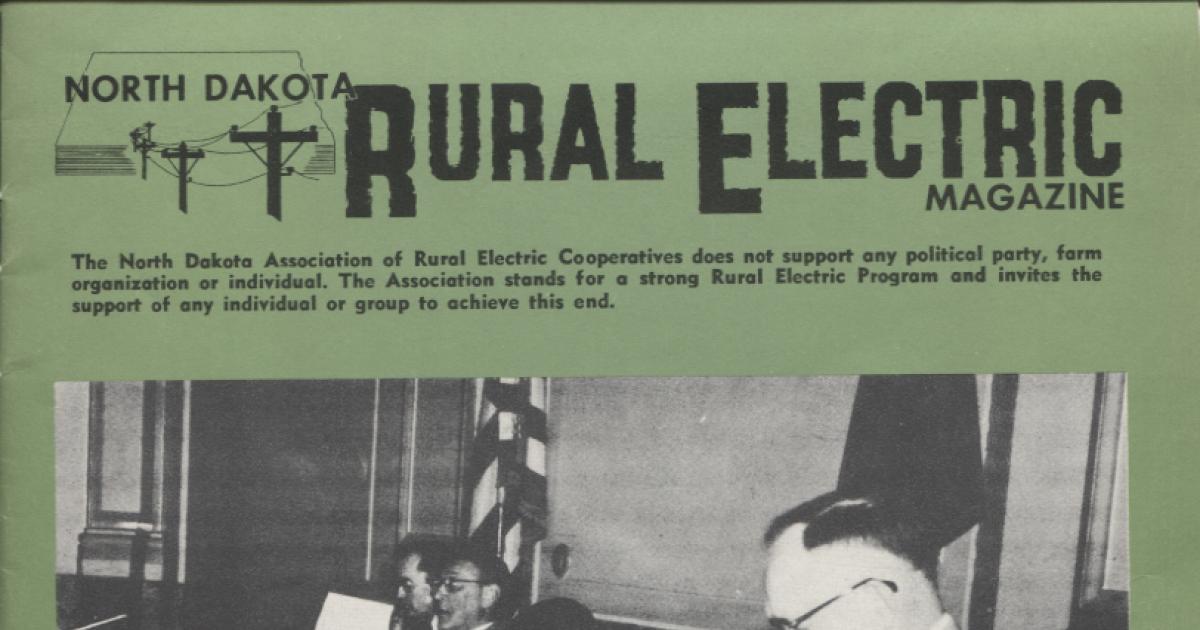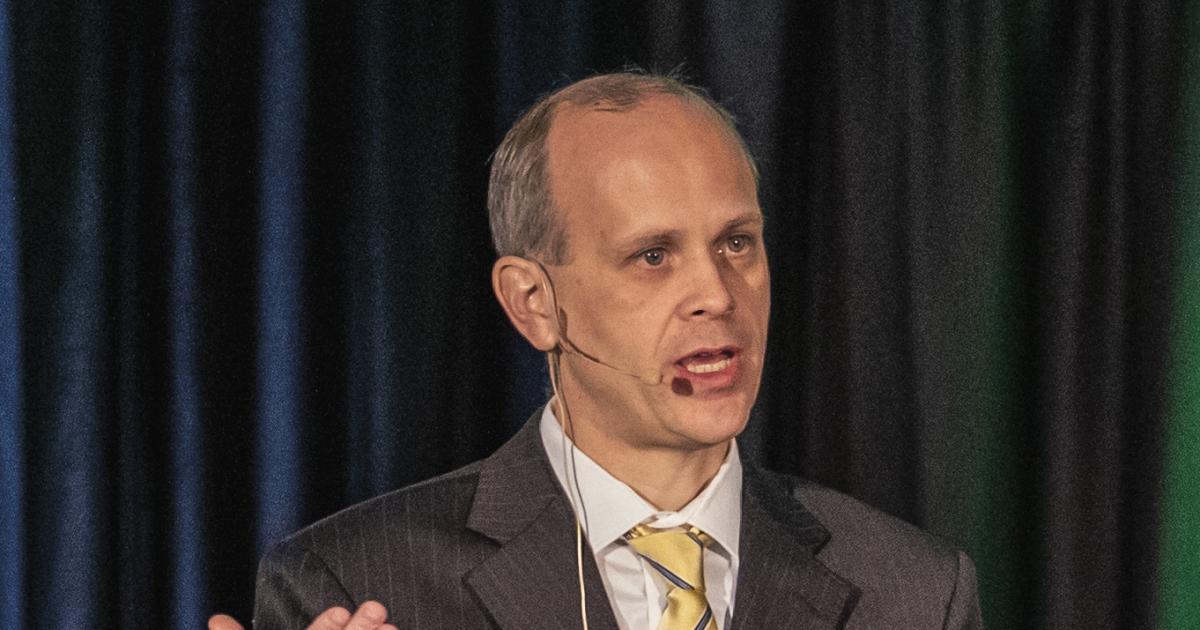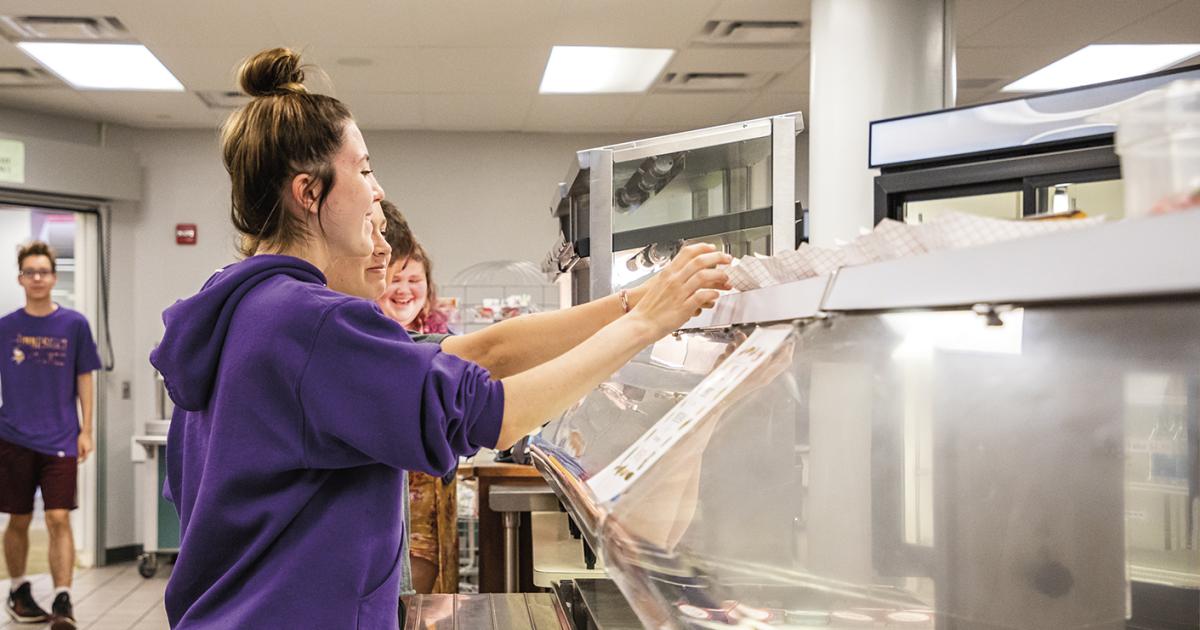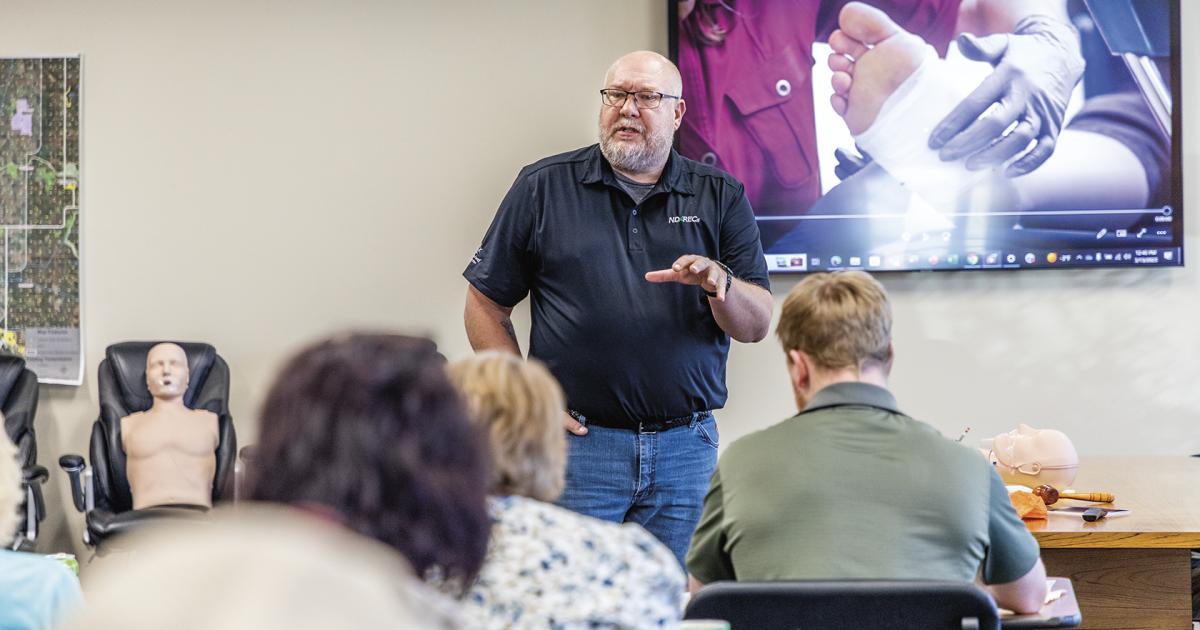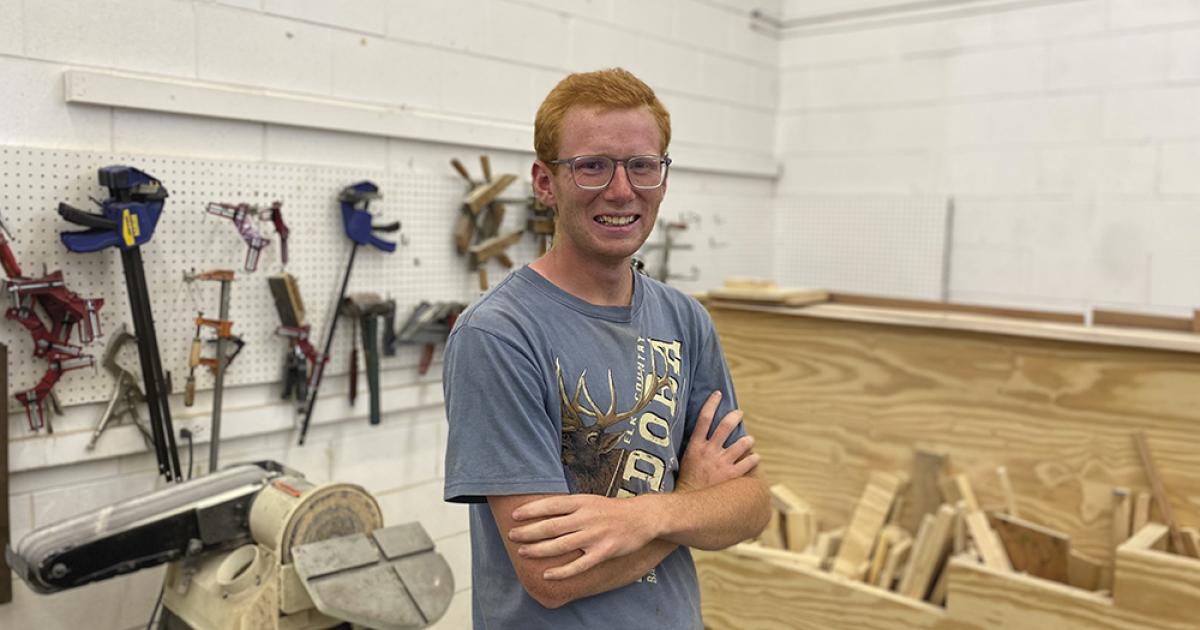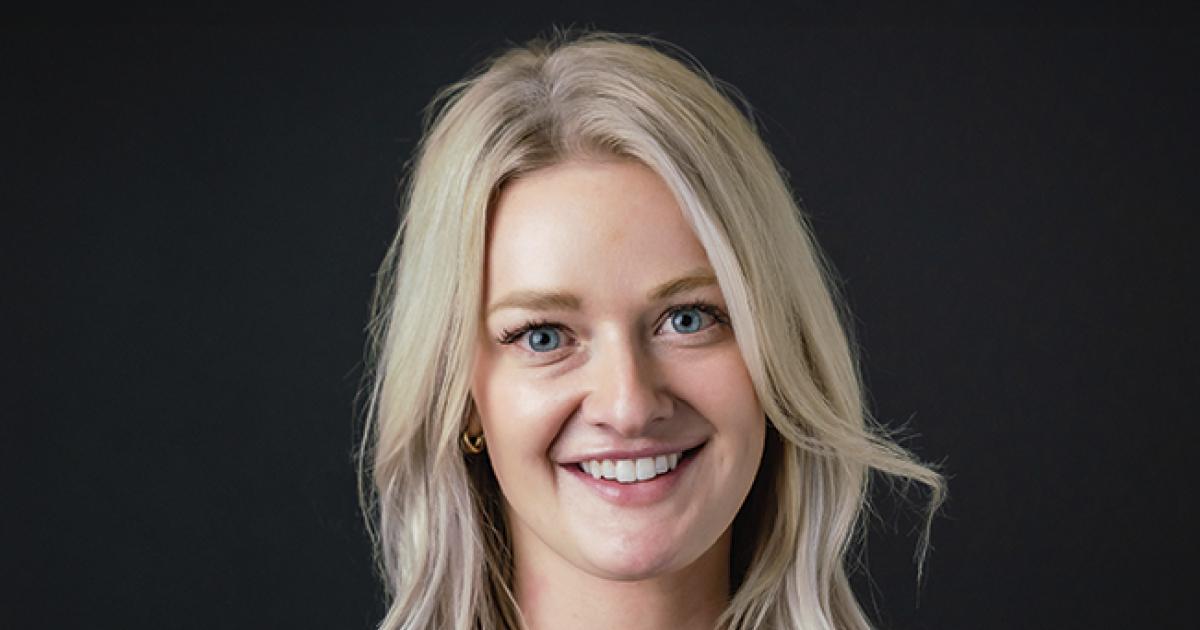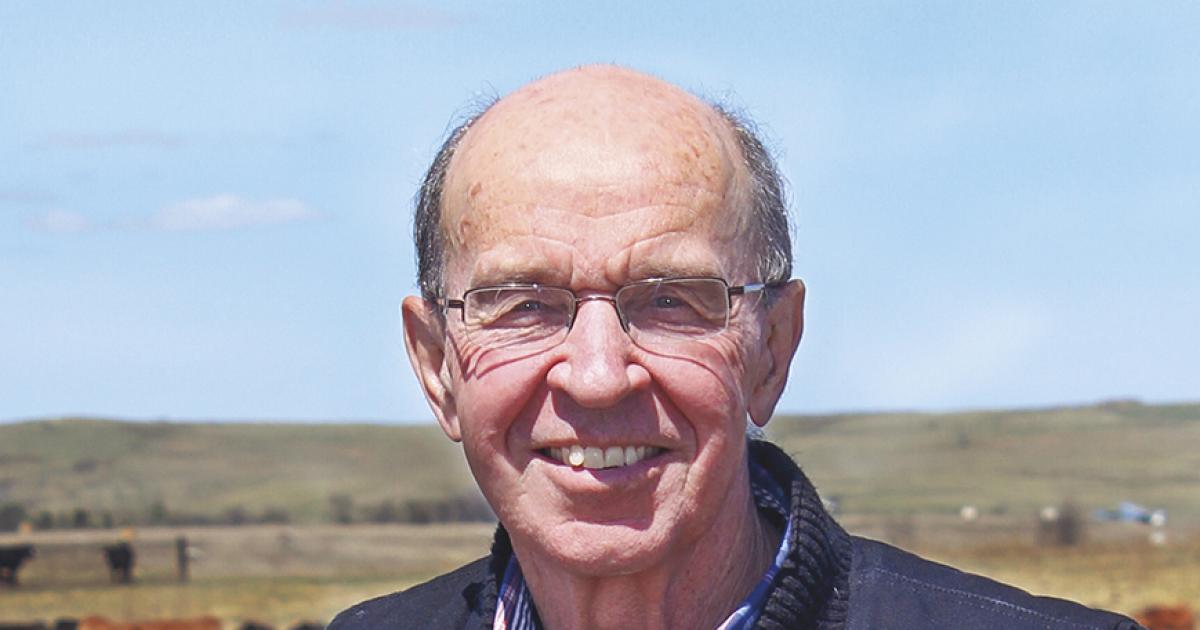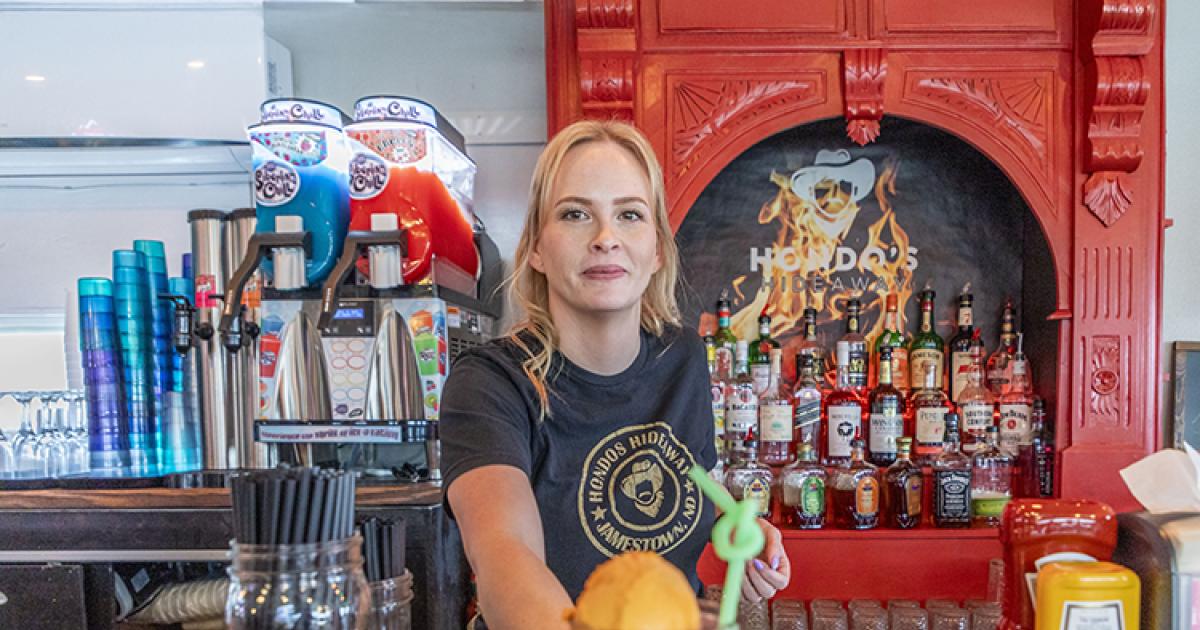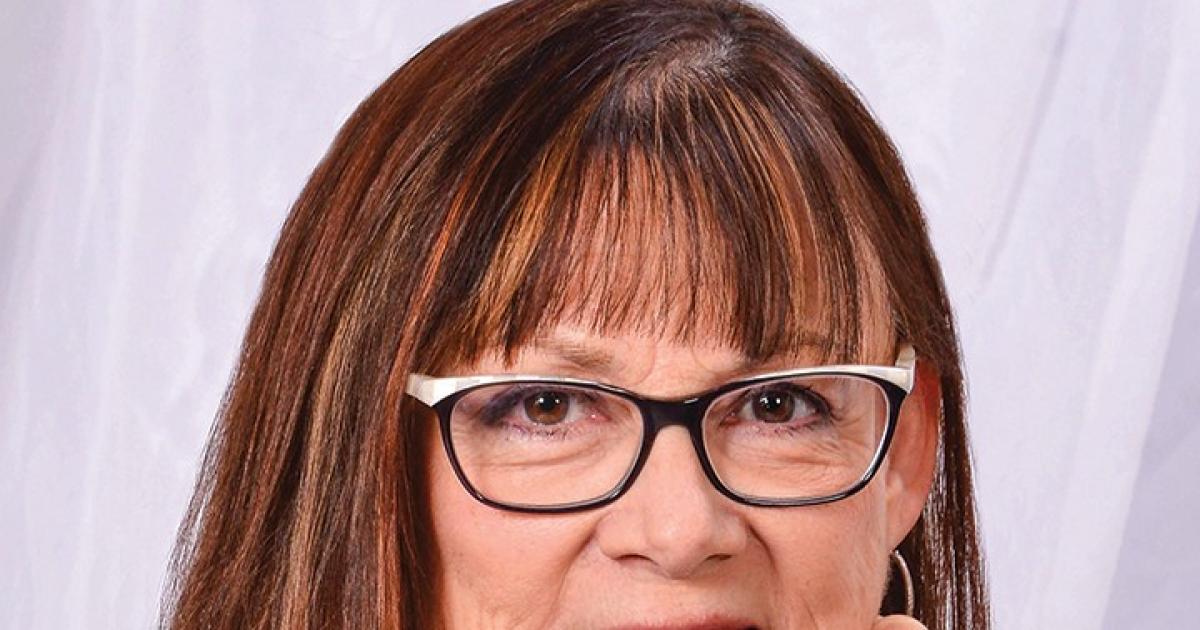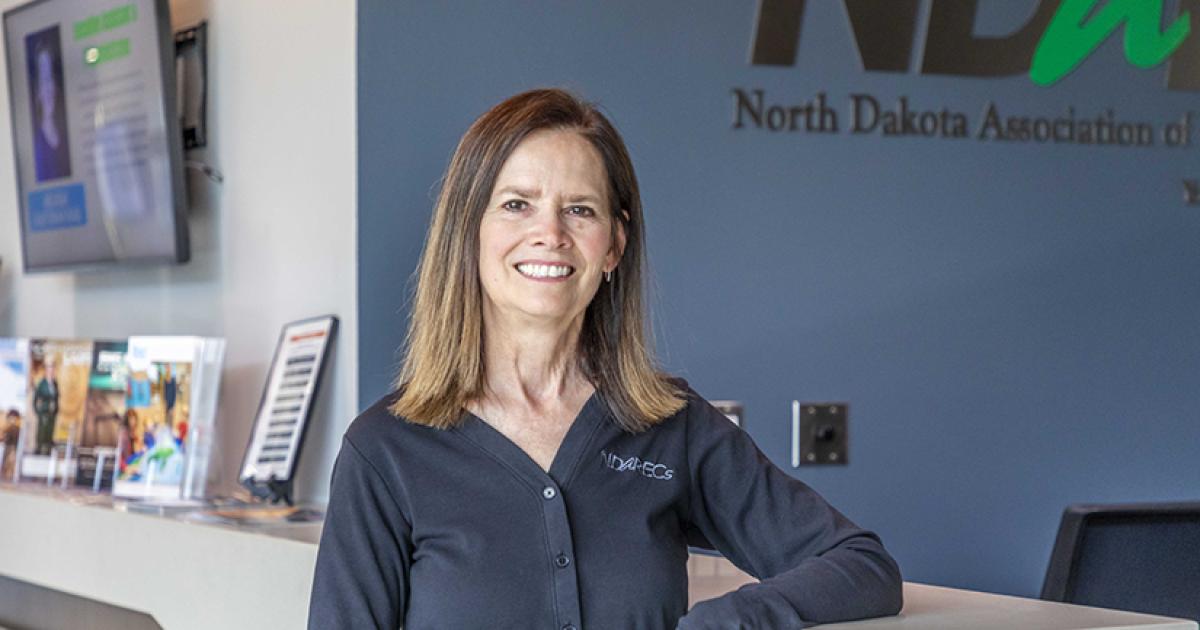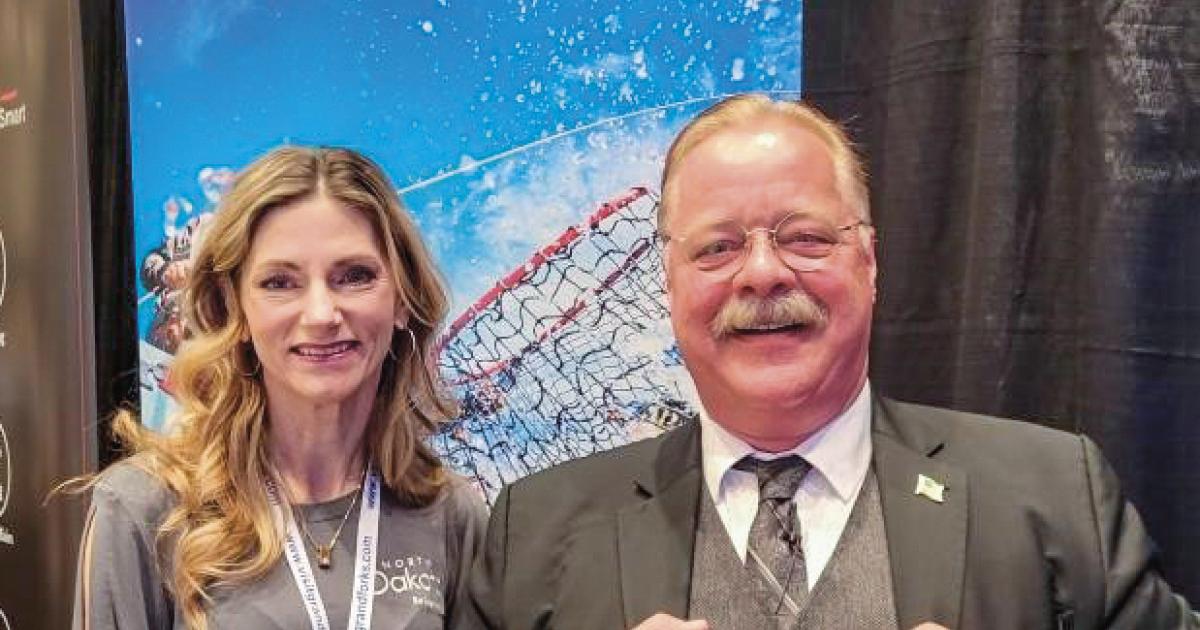A decommissioned substation that sat powerless for nearly a year is no longer out of commission.
Central Power Electric Cooperative, a Minot-based generation and transmission cooperative, has disassembled its retired Garrison area substation and moved it 75 miles south to the Lineworker Training Center in Mandan, where it will be used as a training tool. The donated substation is a critical foundational piece of training equipment, which will allow for the development of a training program specifically for substation technicians.
Cally Peterson
“Not many people get mad at the guy making coffee,” Travis Helfrich jokes.
It’s hard to imagine anyone being mad at a guy like Helfrich, who not only makes good coffee, but helps make the electricity Americans depend on to power their lives. He’s a coal worker, then a coffee roaster. In that order, for now.
While adjusting to a shiftwork schedule in his mid-20s, Helfrich picked up a coffee-drinking habit.
“You’re letting her do that?”
Bret Dockter was asked this question when his daughter, Emma, decided to pursue a career in teaching.
“Absolutely,” Bret responded, knowing he hadn’t looked at the profession through rose-colored glasses. Twenty-six years in teaching – and 27 as a football coach – will do that. Still, he loves it.
 Jenee Munro said hello to North Dakota 10 years ago, and she has no plans to say goodbye.
Jenee Munro said hello to North Dakota 10 years ago, and she has no plans to say goodbye.
The Plentywood, Mont., native appreciates the wide-open spaces, abundant outdoor opportunities and natural wonders North Dakota offers. What’s more, she’s found a community she loves in Rolla, and one she says cares about her family, too, including her husband, Josh, and their three children.
Millions of Americans tuned in to the first “Monday Night Football” broadcast of the year. Two NFL powerhouses, the Cincinnati Bengals and the Buffalo Bills, faced off in a Jan. 2 game the oddsmakers had tipped in the Bills’ favor by two-and-a-half points. According to preliminary ratings, the game was the most-watched “Monday Night Football” telecast in ESPN history with 23.8 million viewers, surpassing a 2009 Packers-Vikings game in which many Upper Midwesterners likely were among the 21.8 million viewers.
It was not the game, however, that drew the massive audience.
If “rural electrification” was a buzzword spreading across the nation in the 1930s, “beneficial electrification” might be a buzzword of the 2030s.
Rural electrification in North Dakota held dreams of making life better for every farm family, and eventually, meant serving members in every pocket of this state, from the most remote to urban areas.




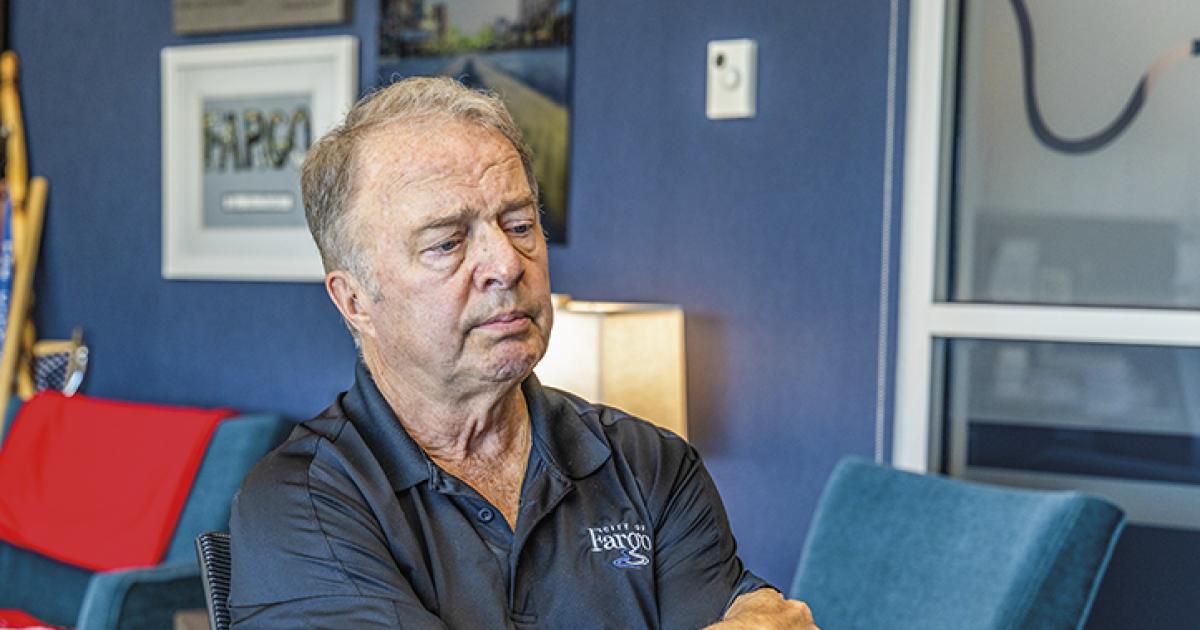
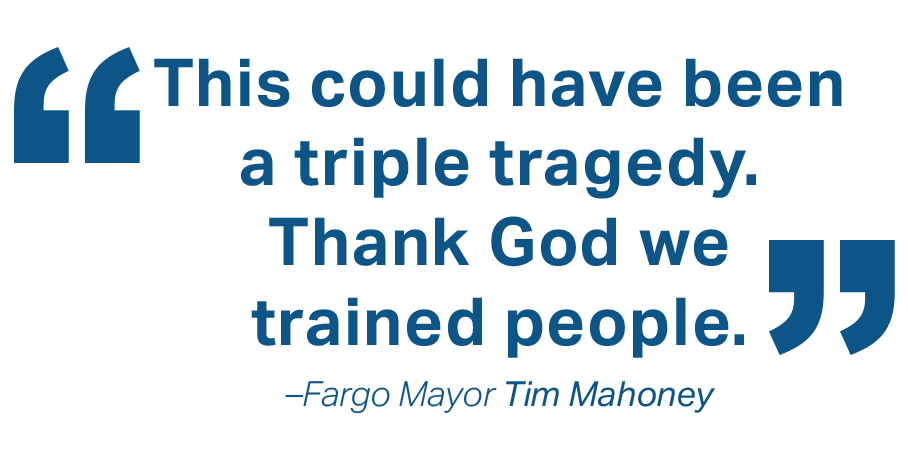 Death and tragedy permeate Tim Mahoney’s hardest days on the job as mayor of Fargo.
Death and tragedy permeate Tim Mahoney’s hardest days on the job as mayor of Fargo.